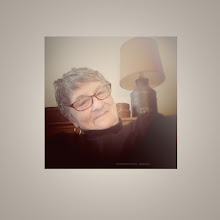 Today I am astounded at how little folks know about sepia especially how and when to use it for online postings as well as for prints.
Today I am astounded at how little folks know about sepia especially how and when to use it for online postings as well as for prints.Sepia is defined by the Oxford English Dictionary as: "A pigment of a rich brown colour." A RICH brown color not washed out yellow, or pinkish brown tones. Think of the deep brown inks of Renaissance sketches (not conte sketches) and early written documents throughout history.
When we toned black and white images as sepia during the days of film, there was a choice of warm or cool tones...there was no choice given for weak and washed out tones.
The first thing one needs to create a good sepia image/print is a good black and white image. To convert color images to sepia doesn't work well. If you have a good black and white image that pops with darks, lights and medium greys; you will be able to produce a good sepia print.
Be sure your subject pops in sepia as it should pop in black and white. Then pick an appropriate subject:
1. Old things, i.e. antiques and old barns or buildings
2. Some portraits of adults
3. Textures (rough wood)
4. An occasional landscape or skyscape
Be advised: Sepia does not work well with every subject.








2 comments:
Thank you for the lesson. I didn't know the background of sepia, but have enjoy the effects.
I adore sepia, I have used it a few times on my blog. Certain photos seem to lend themselves to it better than others. The last one I posted was a marvelous house near the end of October.
Post a Comment